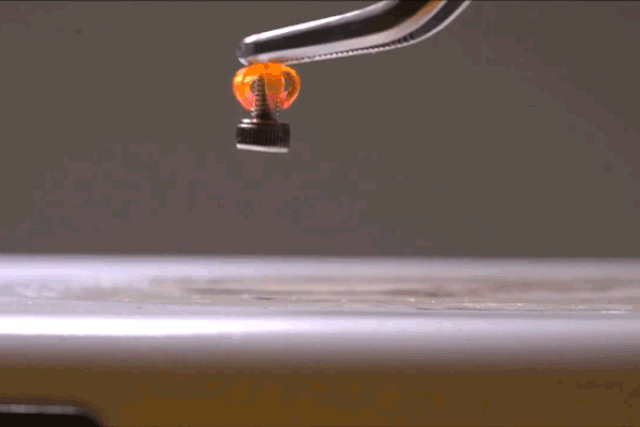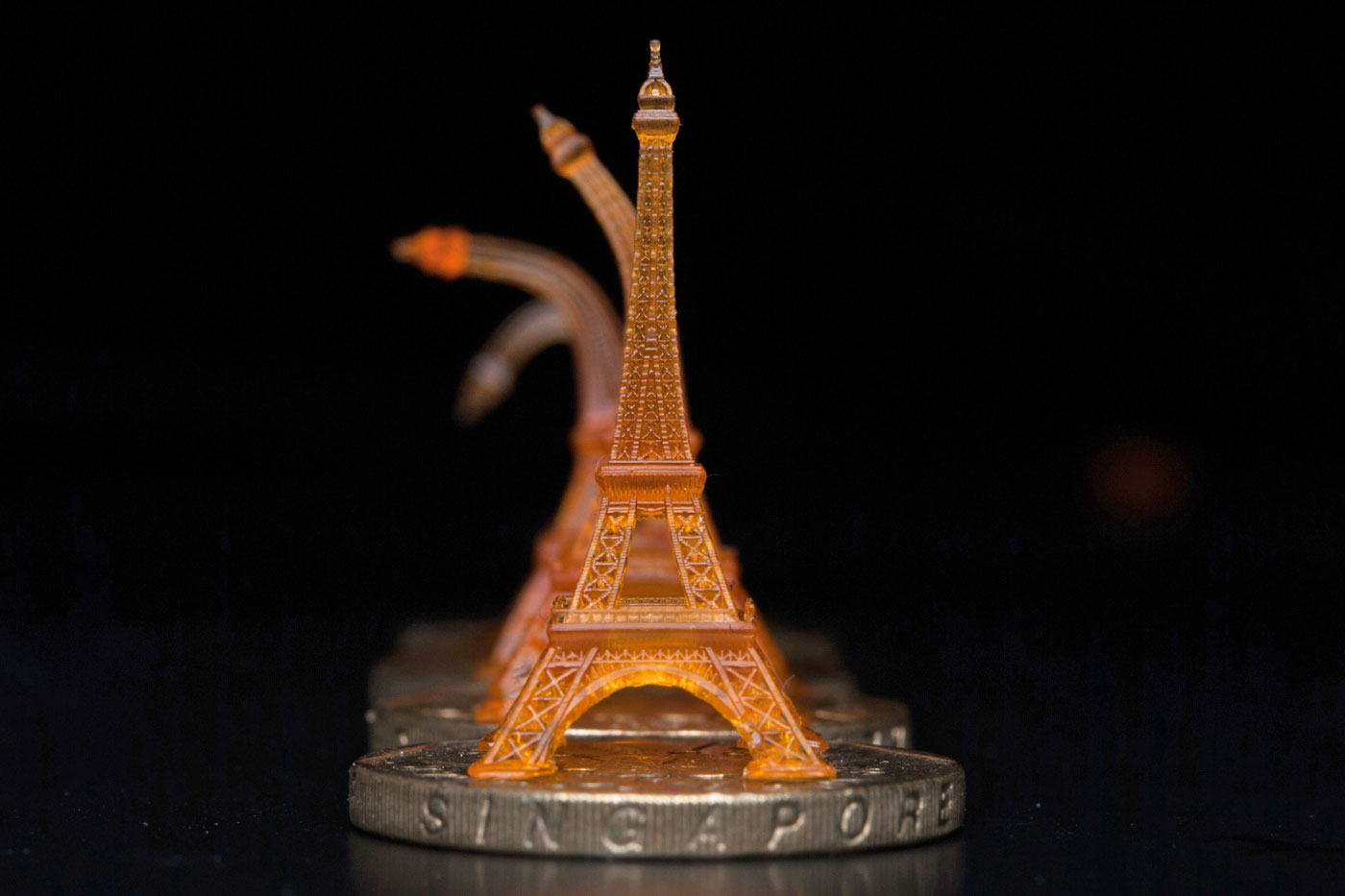3D printing has done a lot for medical science. It’s helped us create better prosthetics, manufacture artificial vertebrae and even develop smaller internal cameras. Next, it could help us revolutionize medication delivery. MIT researchers are using a new 3D-printing process to create tiny structures that change shape at specific temperatures — opening the door for a new drug delivery system that only medicates patients if they have a fever.
The team hasn’t developed temperature sensitive pills quiet yet, but the technology is halfway there. By combining a new 3D-printing process called microstereolithography with a special polymer mix that hardens or softens based on variant thermal conditions, researchers have been able to create tiny structures that can “remember” specific shapes. These objects can be molded to a specific shape at one temperature, “locked” to that shape at another temperature and will return to their original form at yet another temperature. Printed objects can also be stretched and twisted up to three times their original length without breaking.

The new printing process is so high resolution, that it can create structures about as thin as a human hair. It’s a little complicated, but the possibilities are fairly broad. The team hopes to use it to create biomedical devices, shape-changing solar cells and aerospace components — but the team isn’t quite there yet. Still, progress is being made: the group has used the technology to create a tiny, intricately detailed replica of the Eiffel tower as well as a tool capable of grabbing and lifting small objects. It’s a start.
(34)

